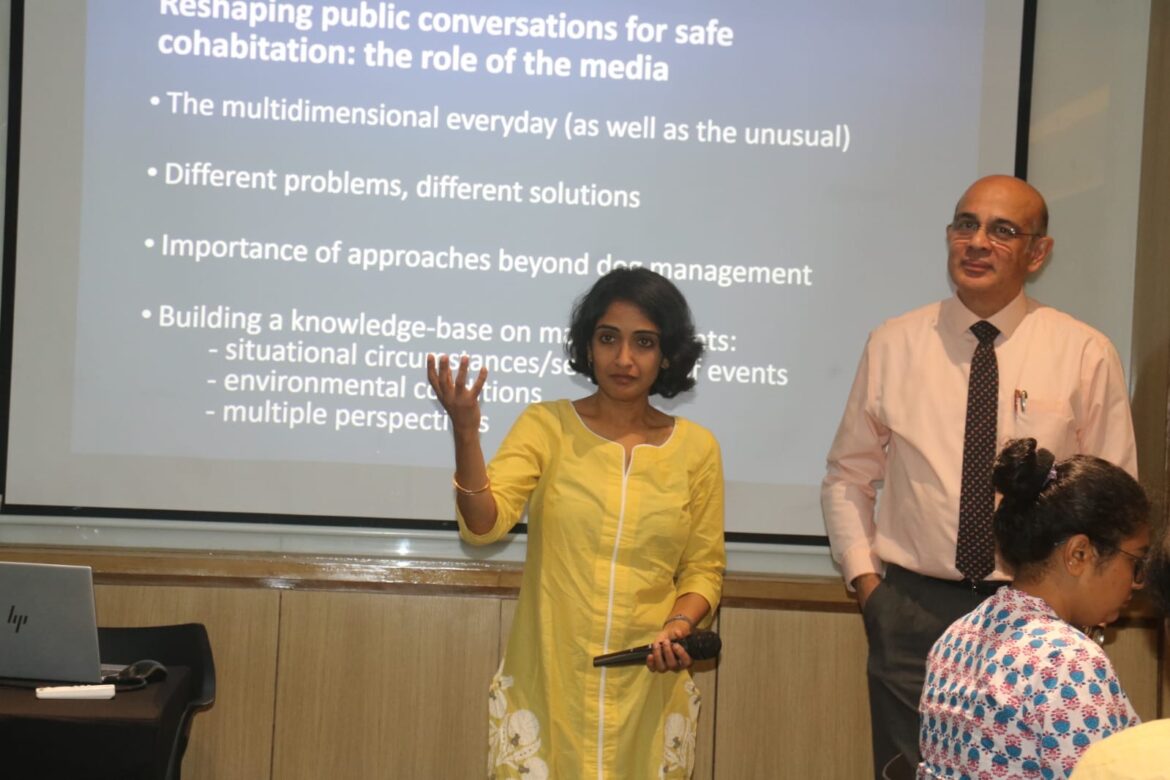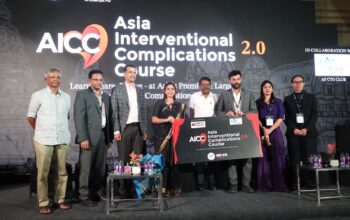Chennai, Sep 2024: Tamil Nadu is among the states in India to have implemented a long-term coordinated rabies control programme involving public health and municipal agencies, a group of human-animal studies researchers, scientists, and welfare organizations said during a discussion on Wednesday.
However, like elsewhere in the country, there are several instances of media organizations portraying cases of dog bites without providing factual context on human-dog conflicts, thus skewing public perception against stray dogs.
“Public debates around street dogs emphasize human-dog conflict and overlook commonplace positive interactions. They are characterized by a narrow focus on dog control, neglecting attention to other key measures, including education for bite and chasing prevention, universal knowledge of and access to appropriate post-bite prophylaxis, and ecological and social strategies for safe cohabitation. Public health initiatives are also needed to strengthen positive dimensions of people-street dog interactions, as these contribute to human well-being directly as well as indirectly, as socialized street dogs are less likely to be involved in conflict,” said Krithika Srinivasan, Professor of Political Ecology at the University of Edinburgh and Principal Investigator of a research project on street dogs and public health (ROH-Indies).
Long-term ROH-Indies research in Chennai highlights certain distinctive contextual elements of people-dog relationships, showing that “public perceptions of street dogs are more complex than either positive or negative. Street dogs are seen as posing risks or as nuisances. Yet, there is a recognition of these animals as vulnerable (or paavam) creatures that belong in the city even though they are not ‘owned’ by people.” Notably, the study also found that rabies was rarely cited explicitly as a concern among members of the public in Chennai, with more common complaints being about barking, chasing, and biting. Most of the people surveyed also reported having cared for street dogs, most commonly by offering food or water.
Addressing the media, Prof. Ramasubramanian MD emphasized the critical role of the media in building public awareness about people-dog interaction and its public health dimensions. “Street dogs have been an integral part of the background of the Indian ecosystem. Even though the majority of the people-street dog interactions are uneventful, periodic media reports adversely portray these interactions. A better awareness is essential about the public health aspects of such interactions. A holistic approach needs better awareness on managing daily interactions, caring for these dogs, food waste disposal in society, vaccination and control of dog population and most importantly managing dog bites and prevention of rabies.”
The discussion focused on media reporting of dog bites and how it is often packaged as gruesome stories of terror, using tropes such as ‘the dog menace’ to whip up public emotions while disregarding the socio-ecological complexities of human-dog relations.
The objective of the interactive session was to work towards more constructive reporting on human-dog conflict, as the media plays a vital role in shaping the future of conflict and coexistence.
“Animals will always co-exist with humans in cities. We cannot live in a sterile bubble and cannot wish away the inevitable conflict that arises. Objective media reporting can significantly temper the narrative of the human-animal relationship and help with strategies for mitigating this conflict,” said Varda Mehrotra, founder of Samayu, a non-profit working for positive outcomes for people, the planet, and animals.
The gathering also called upon the media to avoid taking extreme positions on these topics of conflict. For instance, one of the discussion points was mass culling or the eradication of street dogs through other means such as confinement in ‘shelters.’ It was explained that eradication is rarely an effective or workable solution to reduce conflict and can be counterproductive, especially in the complex social and ecological conditions found in a place such as India.
A dossier containing information on key elements related to human-dog conflict and strategies to address the same was also shared with journalists. This dossier includes data relating to rabies incidence in India, dog bite statistics, measures taken to address human-dog conflict and manage dog populations, the legal landscape, and scientific research relating to the most common forms of human-street dog interactions.
The idea behind organizing the event was to invite the media to come together and be a part of the solution by recognizing the importance of presenting scientifically accurate and factual information to readers. “While we do not expect or even desire complete agreement from different stakeholders, careful and measured reporting can help enable more productive debates and disagreements that are required to address complex problems like human-dog conflict,” said Amshuman Dasarathy of Socratus, an organization that is working to promote more nuanced public conversations on this issue.










